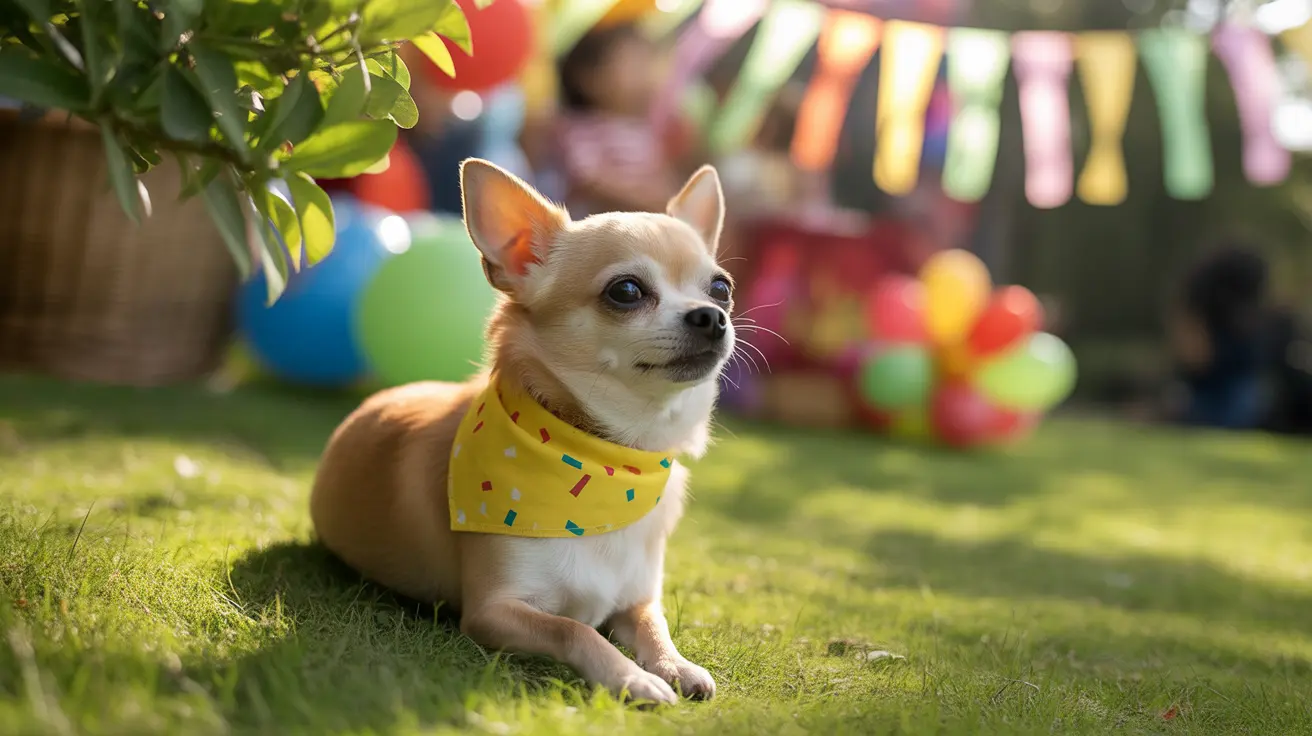How to Choose the Correct Crate for Your Dog
Selecting the right crate is crucial for your dog's comfort, safety, and well-being. A properly sized crate promotes a sense of security and supports successful training, while an ill-fitting crate can lead to stress or accidents. Here’s how to determine the best option for your furry companion.
Why Crate Training Matters
Crates serve as a safe haven for dogs, mimicking their instinctual preference for den-like environments. Dogs naturally withdraw to small, enclosed spaces when they are:
- Ill or injured
- Frightened or anxious
- Nursing young
- Needing rest or quiet time
Proper crate use can help with house training, destructive behavior prevention, and ensuring a controlled space when you can't supervise your pup.
Step-by-Step Guide to Finding the Right Crate
- Measure Your Dog:
- Length: From the tip of the nose to the base of the tail. Add 2–4 inches.
- Height: From the ground to the top of the head or ears. Add an additional 2–4 inches.
- Consider Your Dog’s Behavior: Is your dog a chewer? Do they get anxious in tight spaces? Puppies may need smaller spaces to avoid toileting accidents.
- Choose the Crate Type:
- Wire crates: Foldable and ventilated. Good for home use and training.
- Plastic crates: Often airline-approved. Ideal for travel but bulky.
- Fabric crates: Lightweight and portable, but not durable. Best for small, calm dogs.
- Wood crates: Stylish but heavy and less portable. Suitable for use as furniture.
- Account for Bedding: Include the thickness of crate mats or beds in your space calculation.
- Use a Divider for Puppies: Buy a crate sized for the adult dog and use a divider to shrink the space as needed.
Typical Crate Size Chart
- 18" x 12" x 14": Up to 6 lbs. Toy breed puppies.
- 22" x 14" x 16": Up to 12 lbs. Chihuahua, Maltese, Pomeranian.
- 24" x 18" x 20": 13–25 lbs. Shih Tzu, Havanese.
- 30" x 20" x 23": 26–40 lbs. Beagle, Boston Terrier, French Bulldog.
- 36" x 24" x 26": 41–70 lbs. Bulldog, Pit Bull Terrier.
- 42" x 28" x 30": 71–90 lbs. Golden Retriever, Boxer.
- 48" x 30" x 32": 90–110 lbs. Rottweiler, German Shepherd.
Additional Tips
- A crate too small may cause discomfort and anxiety.
- A crate too large may encourage potty accidents in puppies.
- Boys are often bigger than girls in the same breed – adjust accordingly.
- Mixed breeds? Ask a vet or use parent size as a guideline.
- During travel, a slightly smaller crate is acceptable. At home, prioritize comfort.
When to Seek Expert Advice
If unsure, consult your veterinarian, breeder, or dog trainer for tailored guidance. Every dog is unique—even within the same breed.
Crate Training: Keep It Positive
- A crate is not a punishment space—it’s a safe, relaxing retreat.
- Keep crate time balanced with exercise, play, and interaction.
- Limit excessive crate periods; a dog left crated too long may develop anxiety.
By following these steps, you’ll ensure that your dog has a comfortable crate that matches their size and lifestyle, enhancing both training outcomes and quality of life.





